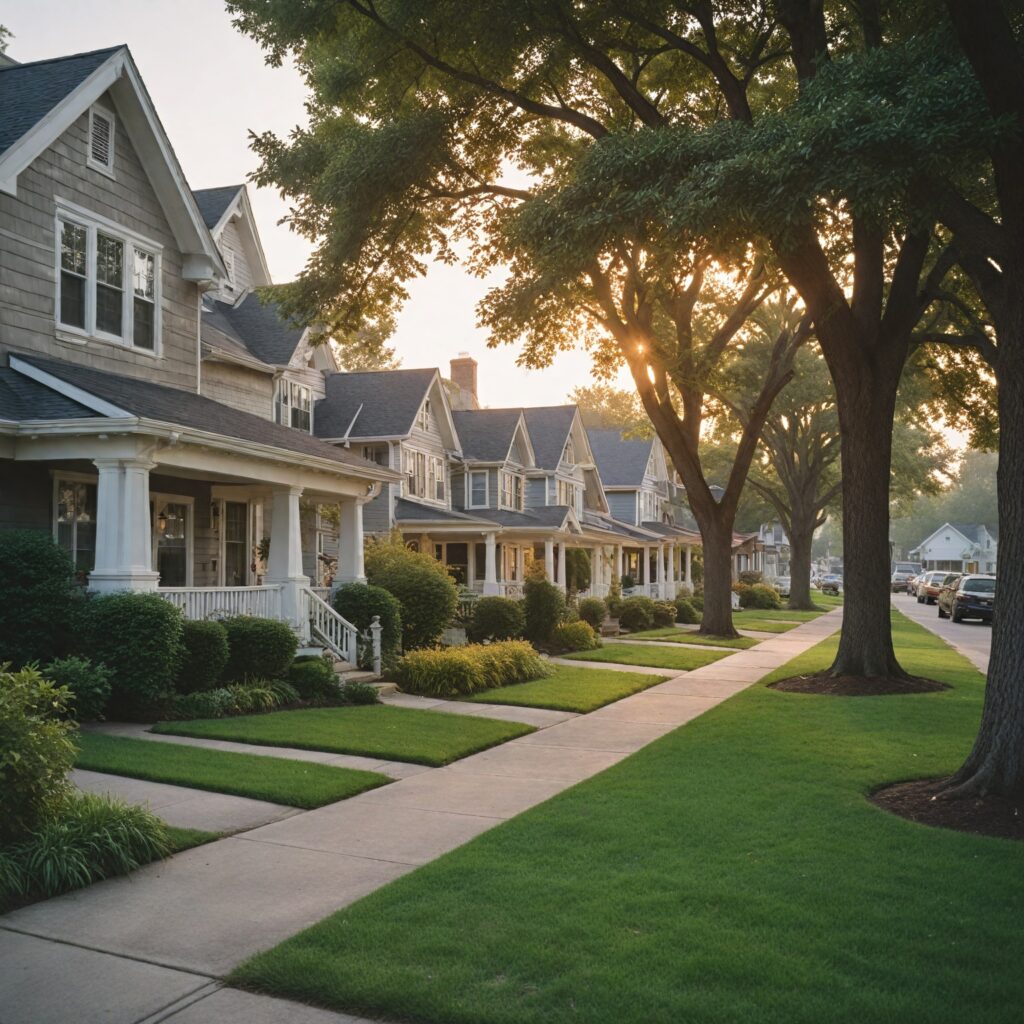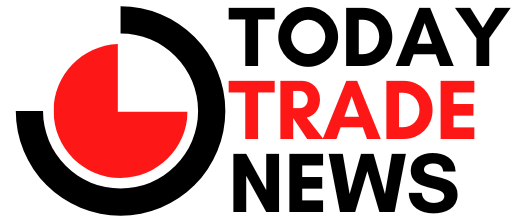
A sold sign is posted in front of a home for sale on Aug. 27, 2025 in San Francisco, California.
Justin Sullivan | Getty Images
Highlights
- Home sales in August show minimal fluctuation, with 4 million units sold on an annualized basis.
- Luxury home sales increase, while lower-end market faces inventory challenges.
- Supply drop hints at shifting conditions despite increased year-over-year listings.
Understanding the Housing Market Dynamics
The real estate market is navigating a transformative phase, underscored by a recent report from the National Association of Realtors (NAR) revealing August’s home sales figures. With 4 million homes selling on a seasonally adjusted basis, this marks a slight 0.2% decline from July, yet an encouraging 1.8% increase when contrasted with last year’s figures. Such trends paint a complex picture of the housing landscape where the Midwest continues to outperform while the Northeast struggles.
This stability in sales figures can be attributed, in part, to the fluctuations in mortgage rates, which peaked earlier this summer. Homebuyers who signed deals during June and July were impacted by elevated rates; however, a notable drop in rates began in September, meaning its effects will only be reflected in upcoming statistics. With affluent buyers thriving amidst a record-high housing wealth and a soaring stock market, the higher-end market is exhibiting a robust performance, even as the lower bracket shows signs of sluggishness.
Market Trends and Supply Challenges
The ongoing dynamics of supply are particularly crucial in shaping today’s real estate landscape. Although the inventory saw a 1.3% decrease in August compared to July, it still reflects an 11.7% increase year over year, signaling a shifting trend. The drop in supply, the first since the start of the year, brings sellers’ hesitation into stark focus—many are opting against listing amidst weaker prices and climbing mortgage rates.
Such limited inventory is again exerting upward pressure on prices, as evidenced by the median existing home price rising to $422,600, marking a consistent 26 months of annual increases. Nevertheless, homes are lingering on the market longer, with average days on the market extending from 26 to 31 days start to finish. Furthermore, first-time buyers are facing historic challenges, representing only 28% of the market while all-cash transactions increased, emphasizing how traditional financing hurdles remain significant for many aspiring homeowners.
Implications and Future Outlook
The implications of these trends are multi-faceted, drawing attention to the growing chasm between the luxury market and entry-level homes. As the dynamics of supply and demand continue to fluctuate, potential strategies for revitalizing the market could occur through increased housing development initiatives aimed at affordable options. Policymakers might need to address the underlying issues causing constraints in entry-level housing supply.
Looking ahead, the real estate market’s trajectory will hinge heavily on interest rates and broader economic stability. With potential rate adjustments on the horizon, buyers and sellers alike are bracing for impact. As we ponder the way forward, will the luxury segment continue to flourish while the affordable housing remains inaccessible? Are there particular policy interventions required to reshape the current real estate terrain?
Conclusion: This deep dive into the housing market presents a complex yet intriguing picture, showcasing contrasting performances across different segments. The notable supply challenges and ongoing fluctuation in prices indicate a market in flux. As the landscape continues to shift, what strategies can better equip first-time buyers? And how might the trends evolve as we approach the next fiscal year?
Editorial content by Sierra Knightley
















